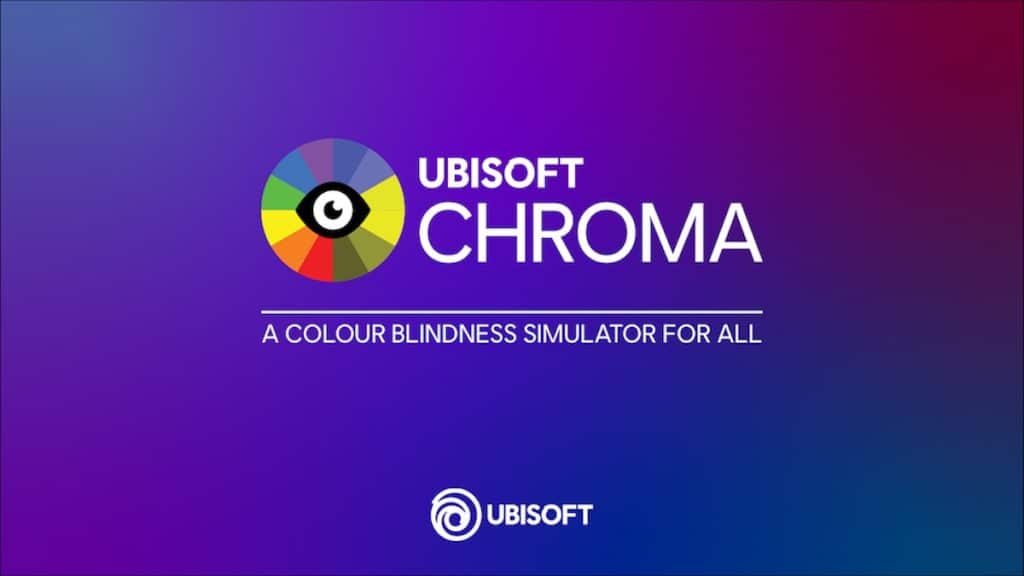Ubisoft has taken a bold step towards inclusive game development by releasing Chroma, its colorblind simulation tool, as an open source project under the Apache 2.0 license. Designed to help developers test and optimize visual content for players with color vision deficiencies, Chroma offers a practical, real-time solution that integrates seamlessly into any development workflow—regardless of the game engine used.
With over 300 million people worldwide estimated to live with some form of colorblindness, creating accessible visual experiences is not just a moral imperative but a design and usability priority. Chroma enables developers to simulate how their games are perceived by users with Protanopia, Deuteranopia, and Tritanopia, providing actionable insights to improve UI, gameplay readability, and overall user experience.
What is Chroma and How Does It Work?
Originally developed in 2021 by Ubisoft’s Quality Control team in India, Chroma has been used internally across Ubisoft studios to accelerate accessibility testing. Now available to the public, the tool uses a non-intrusive overlay that applies real-time visual filters to simulate different types of color blindness.
Key features include:
- Support for single and multi-monitor setups
- Integration with hotkeys for on-the-fly toggling
- Built-in Color Oracle algorithm for accurate simulation
- Game engine agnostic: works with any game window
- Customizable UI overlay for flexibility during testing
- Open source under Apache 2.0, allowing commercial use and contributions
Developers can use Chroma to test menus, HUDs, markers, and gameplay elements, ensuring vital information remains distinguishable regardless of a player’s visual condition.
Accessibility by Design
“Chroma was created with a clear purpose—to make colorblind accessibility a natural part of the creative and testing process,” said Jawad Shakil, Product Manager at Ubisoft. The tool was refined through feedback from accessibility experts and internal teams, leading to a performant, accurate, and intuitive solution.
David Tisserand, Ubisoft’s Director of Accessibility, added:
“Over the past few years, Chroma has proven to be a highly efficient tool for us. Because we believe accessibility is a journey, not a race, we’re thrilled to share Chroma with the entire industry. We invite everyone to benefit from it, provide feedback, and contribute to its future development.”
A Welcome Move for the Developer Community
Chroma’s release on GitHub is a rare but commendable move from a AAA studio in a space often criticized for limited openness. The tool is fully documented and designed to be easy to set up and extend, opening the door for indie developers, QA professionals, and accessibility advocates to make meaningful contributions or tailor it to their workflows.
Its real-time feedback capability allows studios to embed accessibility testing into early design phases, rather than treating it as an afterthought or relying solely on post-launch feedback.
Why It Matters
As accessibility becomes a key pillar in game development, tools like Chroma help democratize best practices. From regulatory compliance to user inclusion and market expansion, inclusive design is now a strategic advantage.
Ubisoft’s open source release is a signal to the industry: accessibility tools can and should be shared. More importantly, accessibility should be integrated into the design cycle, not patched in later.
Final Thoughts
Chroma is more than a simulation tool—it’s a bridge between empathy and engineering. By making it available to all, Ubisoft empowers the industry to build experiences that more players can enjoy, regardless of how they see the world.
For developers looking to improve their game’s accessibility and contribute to a growing open source ecosystem, Chroma is an excellent place to start.

